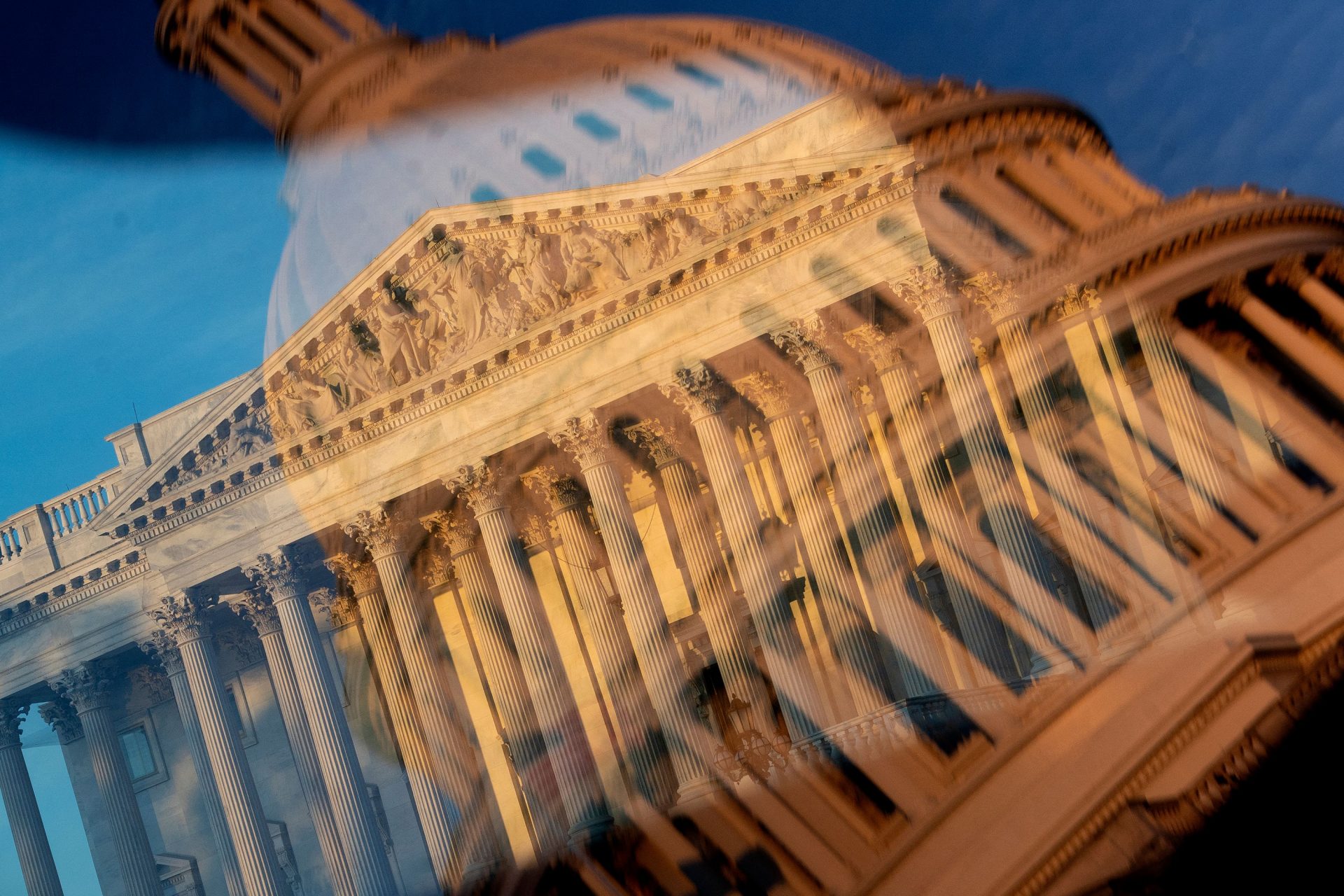By Kathryn Anne Edwards, Bloomberg Opinion (TNS)
OPINION
For more than two decades, America has pursued a policy as costly as the New Deal of the 1930s or the Great Society of the 1960s, but with a much narrower aim: cut taxes. Judging from the Congressional Budget Office’s latest forecasts, it has gone much too far. Extending the provisions of the 2017 Tax Cuts and Jobs Act, which are set to expire next year, will add an estimated $4 trillion to the federal government’s already perilously high debts.
One must hope the price tag will be shocking enough to focus attention on the three big problems of the US tax system: It’s unfair, unbalanced and underperforming.
Americans are increasingly dissatisfied with their taxes. As of 2024, just 49% considered what they paid to be fair, the second-lowest reading in more than two decades (the lowest was in 2023).
Their concerns are absolutely valid. For one, the sheer complexity of the tax code allows those with means and sophistication to lower their bills in ways regular people can’t. Consider the pass-through deduction, intended to give individuals who own small businesses the same reduction in taxes the 2017 law gave to corporations. In 2018, half of the deduction’s benefits flowed to the highest-earning 1% of households, and more than a quarter went to the top 0.1%—where nearly half of households claimed the deduction.
The second problem, related to the first, is that income polarization is making government revenue increasingly dependent on extreme high earners, who have proven adept at reducing their obligations. In 2021, the latest year for which the Internal Revenue Service provides data, the top 0.1% accounted for 14.3% of all taxpayers’ adjusted gross income and 25.7% of all federal income taxes(1), up from 8.1% and 15.7% in 2001. Over the same period, the group also enjoyed the largest decline in its average income-tax rate, to 25.7% from 28.1%—reflecting changing marginal rates, treatment of inheritances and savviness in exploiting loopholes such as the pass-through deduction.
This feeds into the third problem, which is that the federal government doesn’t collect enough revenue to cover its expenses. Spending cuts can go only so far, considering the political difficulty of touching the three largest budget items: Social Security, Medicare and national defense. The entirety of means-tested programs, from Pell grants to food stamps, doesn’t even add up to Medicare. Adding work requirements for 50-to-54-year-olds on food stamps wouldn’t come close to turning around the government’s rapidly increasing debt-to-gross-domestic-product ratio.
How, then, can the government make taxes fair and balanced, while also increasing revenue? Simple! Fairness requires equal treatment. The existing tax system doubles as a complex mechanism for rewarding Americans who have certain things—such as a mortgage, a bike commute or political influence to get preferences. So long as it’s picking winners, it’s also creating losers.
In 2005, a tax reform commission created by then-President George W. Bush recognized that eliminating deductions and credits would have a lot of benefits. Taxes would be straightforward and predictable, filing and administration costs would fall, the rules would be much harder to game—and, crucially, more revenue could be raised even with lower marginal rates. This remains true, and profoundly relevant as policy makers consider what to do about a 2017 tax law that increased complexity while lowering revenue.
Cuts aren’t cures. What’s needed it the courage to reform a dysfunctional system.
_______
(1) These are federal income taxes. They exclude payroll taxes such as Social Security, which in total collections are about three-fourths the size of income taxes. Such taxes are regressive and capped, so the top 0.1% would pay next to nothing as a group compared to the bottom 50%.
This column does not necessarily reflect the opinion of the editorial board or Bloomberg LP and its owners.
ABOUT THE AUTHOR:
Kathryn Anne Edwards is a labor economist and independent policy consultant.
_______
©2024 Bloomberg L.P. Visit bloomberg.com/opinion. Distributed by Tribune Content Agency LLC.
Thanks for reading CPA Practice Advisor!
Subscribe Already registered? Log In
Need more information? Read the FAQs
Tags: Income Tax, Legislation, Taxes




